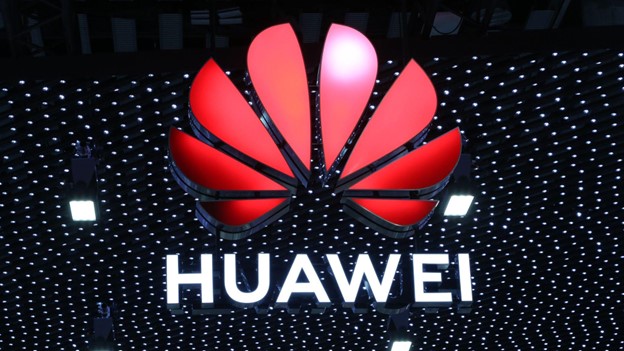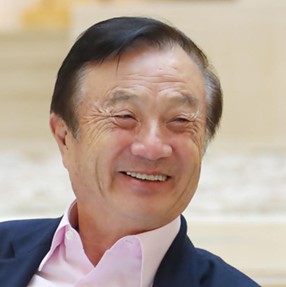Huawei had to redesign more than 4,000 boards and replace over 13,000 components to circumvent U.S. sanctions and restrictions, according to Huawei founder Ren Zhengfei.
Ren delivered the speech during a February 24 seminar to thank the public and academics who participated in the company’s search for solutions to its technology predicament. The transcript was also posted by Peking University and Shanghai Jiao Tong University, among others.

Huawei claims to be out of what rotating chairman Eric Xu described at the turn of 2023 as “crisis mode.” In his new year message, Xu noted the company would keep R&D investments high and cited growth areas, including its cloud division, and other products and services aiding the digital transformation of industries.
Xu said Huawei’s core business of selling telecom infrastructure grew in 2022 and the decline in the company’s once-dominant consumer device business has stabilized. The privately held Chinese company didn’t release annual profit figures or provide a complete breakdown of its business lines.
As part of a continued push to develop its own products, the company spent around $23.8 billion on R&D in 2022.
Chinese firms like Huawei have been stockpiling chips since 2019 in preparation for potential U.S. sanctions. Additionally, Chinese fabs were purchasing as much manufacturing equipment as possible in case the west tightened export restrictions on semiconductor manufacturing tools.

In 2019, because of the new restrictions, Ren Zhengfei forecasted a hit to revenue of about $30 billion that year and in 2020.
In 2020, the U.S. Commerce Department issued new rules prohibiting non-U.S. companies from selling any chips made using U.S. technology to Huawei without a special license. The rule covers even widely available, off-the-shelf chips made by overseas firms, placing potentially severe new limits on Huawei’s ability to source parts.
Earlier this month, the German government launched a review of the country’s 5G high-speed mobile telecommunications networks as part of a broader revamp of its relationship with China, suggesting Berlin is moving closer to banning Chinese suppliers from German networks. Unlike other European countries, Germany has stopped short of explicitly prohibiting the use of Huawei or other Chinese equipment by German operators.
Under legislation passed two years ago, the German government has broad authority to review the country’s telecommunications infrastructure for security flaws.
Despite the rhetoric and bold moves, Huawei can’t function without foreign-made semiconductors and components. Even a non-U.S. supply chain is not possible today, and probably never.
Most of the investment in new semiconductor manufacturing in China is happening on lagging-edge nodes, where volume is needed. While Taiwan’s TSMC is the only company manufacturing leading-edge chips for mobile devices and high-performance applications, China’s HSMC can produce the millions of chips required for their automotive industry and many components Huawei uses in their communications equipment and other consumer products.
Chinese companies are also investing heavily in emerging semiconductor materials like silicon carbide (SiC) and gallium nitride (GaN), which will likely play a more significant role in managing the power systems in many applications, including in electric vehicles. Here, too, China has the necessary technology and materials, and government subsidies may help it win business on price.
For the most advanced products, such as smartphones, tablets, and laptops, Huawei must purchase components from companies such as Qualcomm, Broadcom, Intel, AMD, Sony, and many others.
The real issue is that Huawei, a company in the People’s Republic of China, evolved from manufacturing simple phone switches in the 1980s to build the most advanced telecom and networking gear.
“China is giving a handful of its most successful chip companies easier access to subsidies and more control over state-backed research, as tightening U.S. controls on access to advanced technology force a major rethink in Beijing’s approach to supporting the sector,” reports Qianer Liu for the Financial Times.
According to the author, SMIC, Hua Hong Semiconductor, Huawei, Naura, and AMEC will have access to additional government funding without having to achieve performance goals that were previously required.
While it would be difficult, almost impossible, for SMIC or any other Chinese chip manufacturer to start producing leading-edge semiconductors soon, China can increase its chip output and become one of the most significant players in lagging-edge chips.
“It is projected that during the next decade, China will add about 40 percent of the new capacity and become the largest semiconductor manufacturer location in the world.” said a report by Boston Consulting Group in September 2020.
Now that component and semiconductor supplies are approaching normal, China’s real supply chain problem will be about profits and power.
Source: EPS News